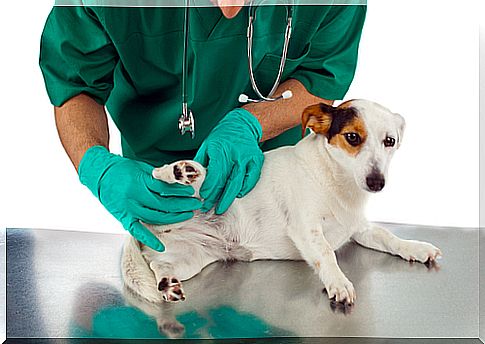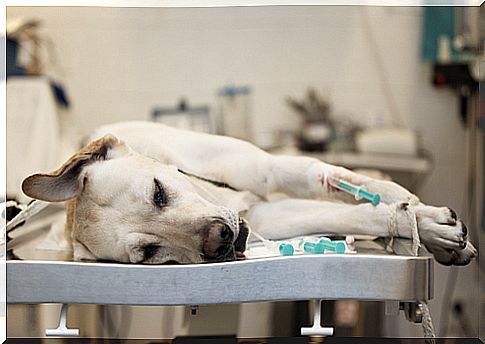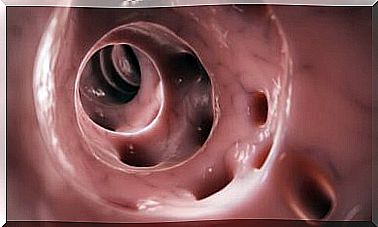Hip Dysplasia In Dogs: Discover How To Combat It

Most dysplastic dogs are born with normal hips, but their genes, or possibly other factors, cause the soft tissues around the joints to develop abnormally, causing a subluxation, which is the separation of the two hip bones. . Dysplasia can be bilateral; affecting both the right and left hips.
Symptoms

Dogs of all ages can get hip dysplasia. If your puppy is five months old, he is likely to be in pain and a lot of discomfort after exercise. If pets are not treated, over time they may stop walking.
The symptoms of hip dysplasia are characterized by the fact that when dogs walk or run they show an alteration in their gait. They show stiffness and pain in the hind legs after exercise. They may also have difficulty climbing stairs. Some animals limp and many are less willing to participate in daily activities, such as going for a walk. As the disease progresses, most dogs will lose muscle mass and will even need help getting up.
Large breed dogs are very prone to this disease. In that sense, breeds such as German Shepherd, Rottweiler, Great Dane, Labrador, Golden Retriever and Saint Bernard tend to have a higher incidence. This anomaly can also occur in medium breeds and rarely in those that are considered small.
Obesity can also increase the severity of the disease in animals that are genetically susceptible. Another factor that can increase the incidence is rapid growth in puppies during the first months of life.
On the other hand, a diet that has too much or too little calcium can also have a detrimental effect on your dog’s hip development. Another reason can be too much exercise, especially in those breeds that have some genetic incidence.
The diagnosis of canine hip dysplasia is made by combining a complete physical exam and a series of x-rays.
How is hip dysplasia treated?

There are several surgical procedures available to treat hip dysplasia, depending on the dog’s age, body size, and the severity of the joint degeneration.
A treatment to combat this disease is called Triple Pelvic Osteotomy. It is used in young dogs, less than 10 months old. The procedure consists of surgically breaking the pelvic bones and realigning the femoral head and acetabulum and correcting the subluxation of the femoral head. This surgery is very successful although it is usually somewhat expensive.
A less invasive surgical operation for the treatment of hip dysplasia is called Juvenile Pubic Symphysiodesis. This surgery prematurely fuses two pelvic bones together, allowing the other bones to develop normally. This changes the angle of the hips and improves the joint, reducing the likelihood of osteoarthritis.
Early diagnosis is essential, as the procedure must be performed before signs of arthritis begin to appear and before the animal reaches 20 weeks of age.
Another treatment is total hip replacement. This procedure eliminates degenerative changes and relieves joint pain. Surgery involves removing the existing joint and replacing it with an artificial joint or prosthesis. To be a candidate for this procedure, the animal must have reached skeletal maturity. If both hips need to be replaced, the pet will need to rest for three months. This surgery is also usually successful and somewhat expensive.
The medical treatment of hip dysplasia has improved greatly, thanks to the introduction of several new medications. Because it is a mainly hereditary condition, there are no products on the market that prevent its development. However, through proper diet, exercise, supplements, or anti-inflammatory medications, pain and disease progression can be decreased.
To prevent hip dysplasia, the researchers agree that a selective breeding must be carried out, which has its hips certified, say the specialists, being able to significantly reduce the incidence of this type of disease.









